Posts
The Art and Science of Acrylic Fabrication Techniques for Creative Projects
In the realm of creative projects, acrylic fabrication stands out as a versatile and innovative technique that combines both art and science. This dynamic process allows artists and designers to manipulate acrylic materials in ways that enhance their artistic vision while ensuring precision and durability. From stunning displays to functional installations, the potential applications of acrylic fabrication are vast and varied. As the demand for unique, customized creations continues to rise, understanding the best fabrication methods becomes essential for any creative individual or business.
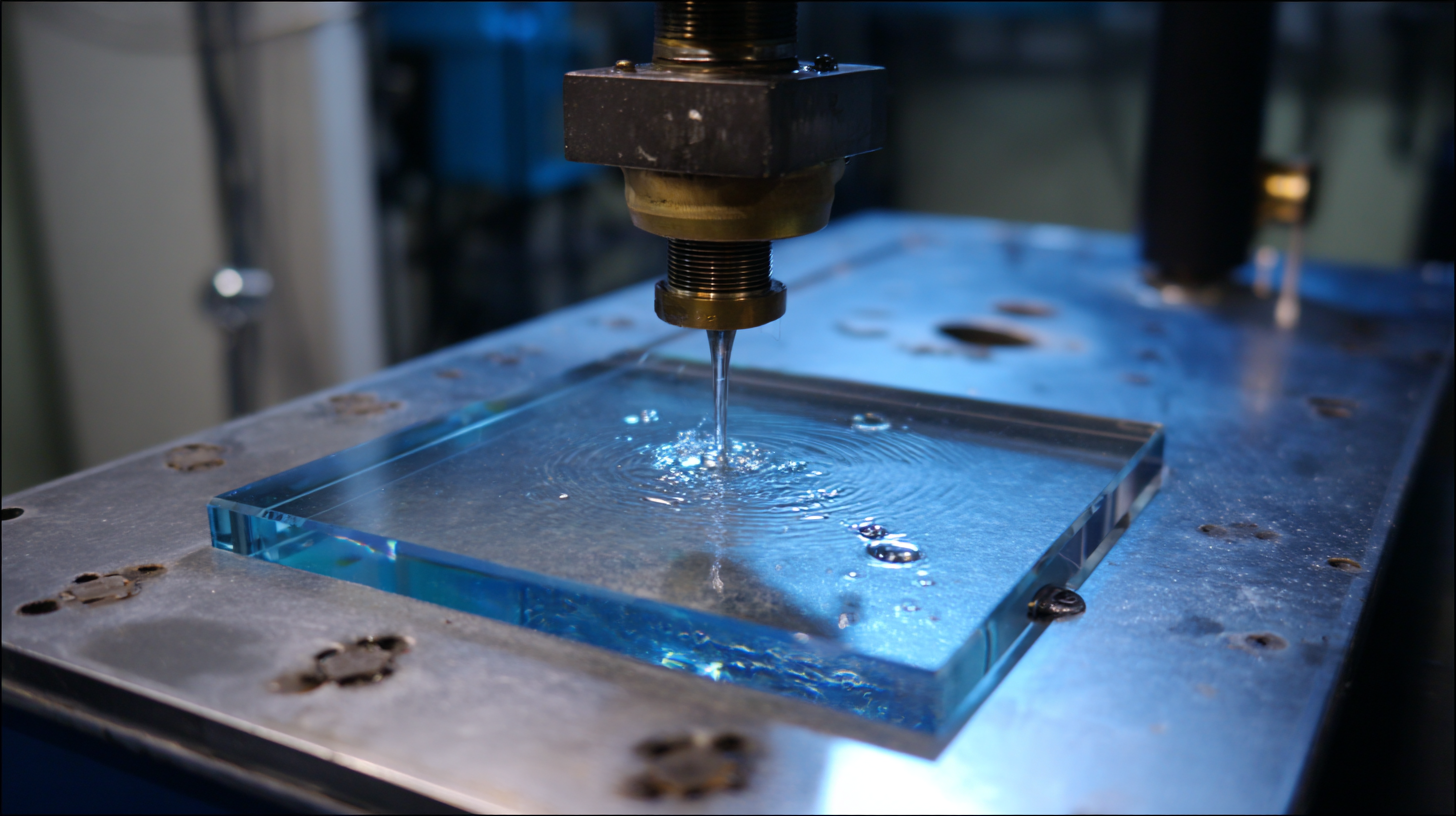
This article delves into the intricacies of acrylic fabrication techniques, exploring the tools, processes, and inspirations that enable creators to transform their ideas into tangible works of art. By merging traditional craftsmanship with modern technology, acrylic fabrication not only enriches the creative landscape but also opens new avenues for innovation and expression in design.
Understanding Acrylic Material Properties for Effective Fabrication
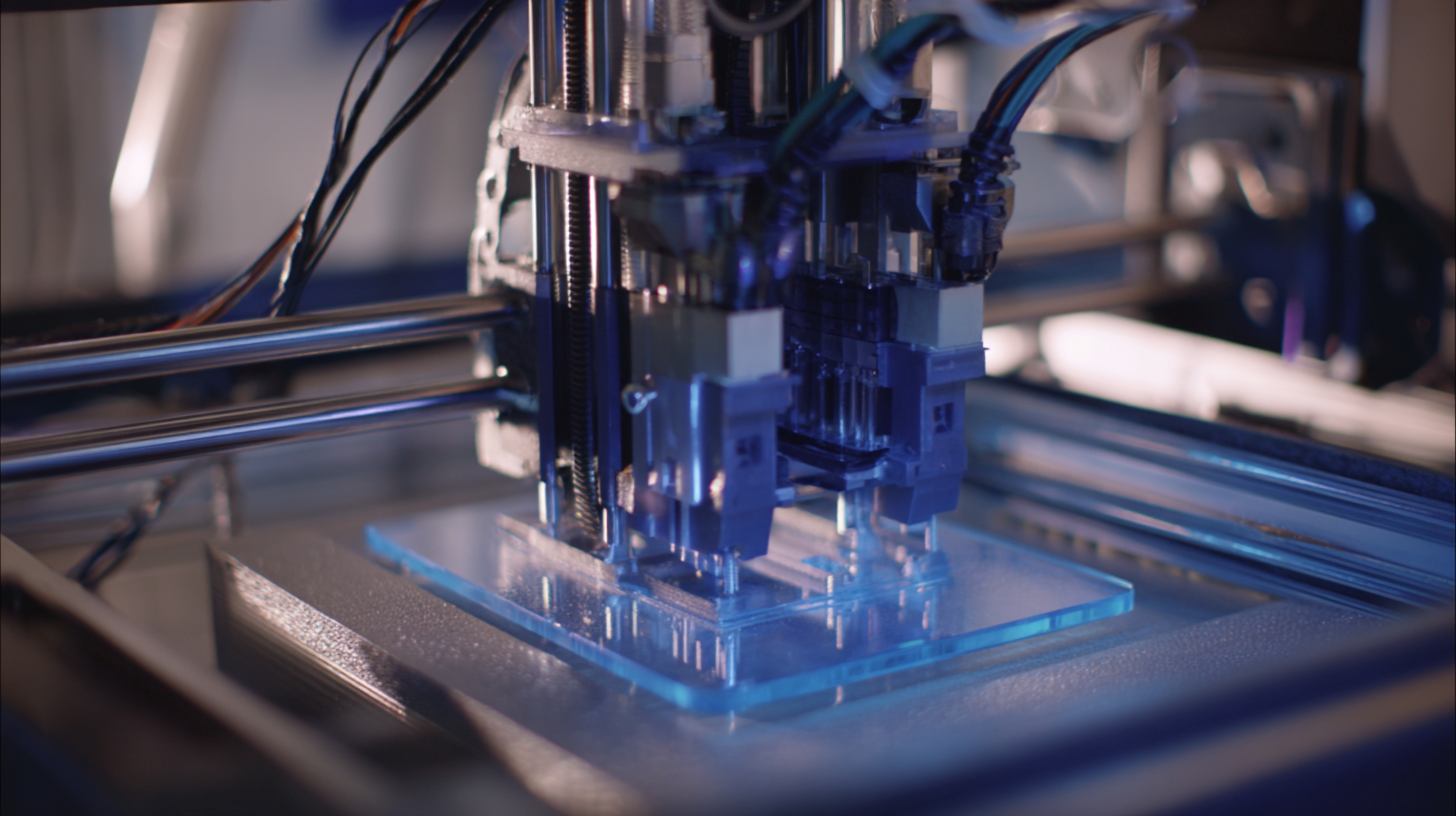 Acrylic is a versatile material prized for its clarity and durability, making it a popular choice in various creative projects. Understanding the properties of acrylic—such as its lightweight nature, UV resistance, and ease of fabrication—can significantly enhance your crafting endeavors. This material can be easily cut, shaped, and colored, allowing for endless creativity in art and design.
Acrylic is a versatile material prized for its clarity and durability, making it a popular choice in various creative projects. Understanding the properties of acrylic—such as its lightweight nature, UV resistance, and ease of fabrication—can significantly enhance your crafting endeavors. This material can be easily cut, shaped, and colored, allowing for endless creativity in art and design.
Tips for Working with Acrylic: Always use a fine-toothed saw for cutting acrylic to prevent chipping. Additionally, pre-drilling holes before inserting screws or bolts is essential to avoid cracking the material. For polishing edges, use a flame or a specialized plastic polish to achieve a smooth, glossy finish.
Another noteworthy property of acrylic is its flexibility in temperature; it can be heated and formed into various shapes when softened. However, keep in mind that prolonged exposure to high temperatures can cause deformation. When planning your project, consider the environmental conditions your acrylic piece will face, and select the appropriate thickness and type to ensure longevity and performance.
Tips for Choosing Acrylic: When selecting acrylic sheets, look for options with protective film to prevent scratches during handling. Additionally, consider using colored or frosted acrylics to add unique visual elements to your designs, making them stand out without compromising structural integrity.
Essential Tools and Equipment for Acrylic Crafting Projects
When diving into acrylic crafting projects, having the right tools and equipment can significantly enhance your creative experience. Essential items include a sturdy cutting mat, which protects your work surface and provides a safe area for precise cuts. A reliable laser cutter or a jigsaw equipped with a fine blade can help achieve clean edges in your acrylic pieces. For finer details, consider using a set of acrylic craft knives; they allow for intricate cuts and designs that are essential for unique projects.
Tips: Always ensure that your cutting surfaces are clean and free from debris to avoid damaging the acrylic or your tools. Additionally, investing in high-quality clamps will secure your workpieces in place, resulting in improved accuracy and safety during cutting.
Don’t overlook the importance of protective gear such as goggles and gloves. Acrylic can create fine particles when cut, which can be harmful if inhaled or if they contact your skin. Moreover, a heat gun can be a valuable addition to your toolkit, as it allows you to bend and reshape acrylic sheets for more dynamic and creative designs. Proper care and use of these essential tools will help you achieve stunning results in your acrylic crafting endeavors.
The Art and Science of Acrylic Fabrication Techniques for Creative Projects - Essential Tools and Equipment for Acrylic Crafting Projects
| Tool/Equipment | Description | Use Cases | Price Range |
|---|---|---|---|
| Acrylic Cutter | A tool designed to cut acrylic sheets cleanly. | DIY projects, sign making, model building. | $10 - $30 |
| Heat Gun | A device that emits hot air to soften and bend acrylic. | Bending acrylic shapes, removing paint. | $20 - $60 |
| Acrylic Adhesive | Special adhesive designed for bonding acrylic materials. | Joining acrylic pieces, creating permanent bonds. | $5 - $15 |
| Polishing Kit | A set of tools for polishing and enhancing acrylic surfaces. | Finishing edges, restoring clarity. | $15 - $50 |
| Laser Cutter | Advanced tool for precise cutting and engraving on acrylic. | Complex designs, detailed artwork. | $1,000 - $5,000 |
Step-by-Step Techniques for Cutting and Shaping Acrylic Sheets
Acrylic fabrication techniques are essential for creating stunning and functional projects. Among these techniques, line bending allows for the precise shaping of acrylic sheets, enabling designers to form intricate designs and functional components. This method involves heating specific areas of an acrylic sheet until it becomes pliable, allowing it to be bent into various angles without losing structural integrity. According to industry reports, the acrylic market is projected to grow significantly, driven by its versatility in applications ranging from signage to artistic endeavors.
For those eager to dive into acrylic projects, here are some tips on cutting and shaping: First, invest in a quality cutting tool designed for acrylic, as this will ensure clean edges and prevent cracks. Secondly, when using line bending, maintain a consistent heating temperature to achieve uniform bends. Lastly, consider the use of acrylic frames for your artwork; their clear and modern appeal can enhance any decor while keeping the focus on your creative compositions. By mastering these techniques, you can elevate your acrylic fabrication skills and bring your creative visions to life.
The Popularity of Acrylic Fabrication Techniques (2023)
This bar chart illustrates the popularity of different acrylic fabrication techniques based on a survey of creative professionals. The data represents the percentage of users who have implemented each technique in their projects.
Innovative Joining Methods for Seamless Acrylic Fabrication
Acrylic fabrication techniques have evolved significantly, leading to innovative joining methods that enhance the overall aesthetic and functionality of creative projects. One of the most effective techniques involves the use of solvent bonding, which creates a seamless joint by melting the edges of the acrylic pieces together. This not only provides a strong bond but also gives a smooth, uninterrupted appearance, perfect for artistic installations and displays.
Tips for successful solvent bonding include ensuring that the surfaces to be joined are clean and free from dust. Also, utilizing a syringe or applicator can help control the flow of solvent, minimizing overflow and ensuring precision. Another method gaining popularity is using acrylic adhesives, which can provide a clear bond and are particularly effective for more complex shapes and assemblies.
Incorporating mechanical fasteners like screws or bolts can also be an excellent option, especially for larger projects that require additional strength. For a polished finish, consider using decorative caps or covers to conceal the fasteners. By experimenting with these methods, creators can unlock new possibilities in acrylic design, making their projects not only more robust but also visually appealing.
Finishing Techniques to Enhance the Aesthetic of Acrylic Creations
In the versatile world of acrylic fabrication, mastering finishing techniques is essential for enhancing the aesthetic appeal of your creative projects. As per industry reports, nearly 75% of designers emphasize that the finishing touches on acrylic products significantly influence consumer perception and overall marketability. Techniques such as polishing, edge finishing, and surface coating not only elevate the visual quality but also increase durability, making pieces more appealing to potential buyers.
As trends in aesthetics evolve, artists are increasingly drawing inspiration from other creative fields, including nail art, where customization plays a pivotal role. For instance, the rise of stiletto and chrome finishes in nail designs showcases the public's yearning for bold, innovative aesthetics. Similarly, adopting vibrant colors and intricate textures in acrylic projects can captivate audiences and create a memorable impact. Reports suggest that 60% of consumers are more likely to purchase items that have unique, visually striking elements. Thus, applying advanced finishing techniques to acrylic creations can lead to extraordinary results and resonate better with the modern market.

Related Posts
-

Revolutionizing Product Design with Advanced Plastic Prototype Manufacturing Techniques
-
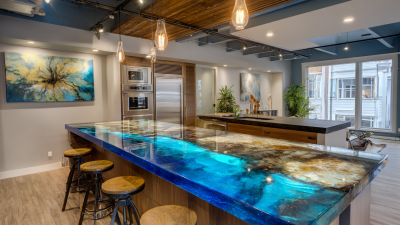
Discover the Benefits of Custom Cut to Size Plexiglass for Your Home and Business Needs
-

The Ultimate Guide to Choosing the Right Clear Plastic for Your Projects
-

Exploring the Versatility of Cast Acrylic: Creative Applications for Modern Design
-
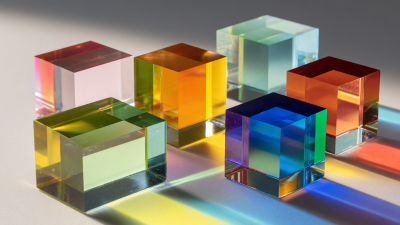
The Miracle of Cast Acrylic Unveiling Its Versatile Applications in Modern Design
-
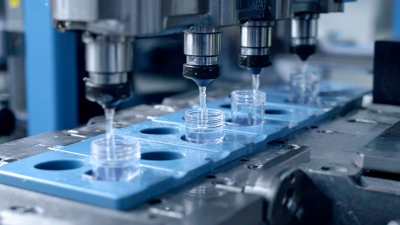
Mastering the Injection Molding Process: Tips for Streamlining Production Efficiency
